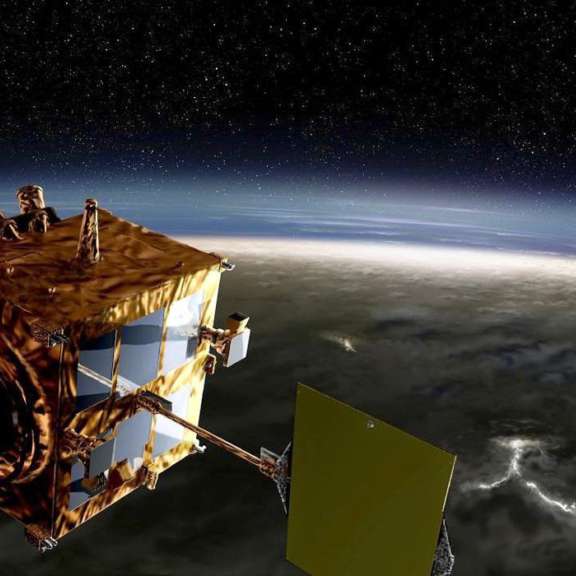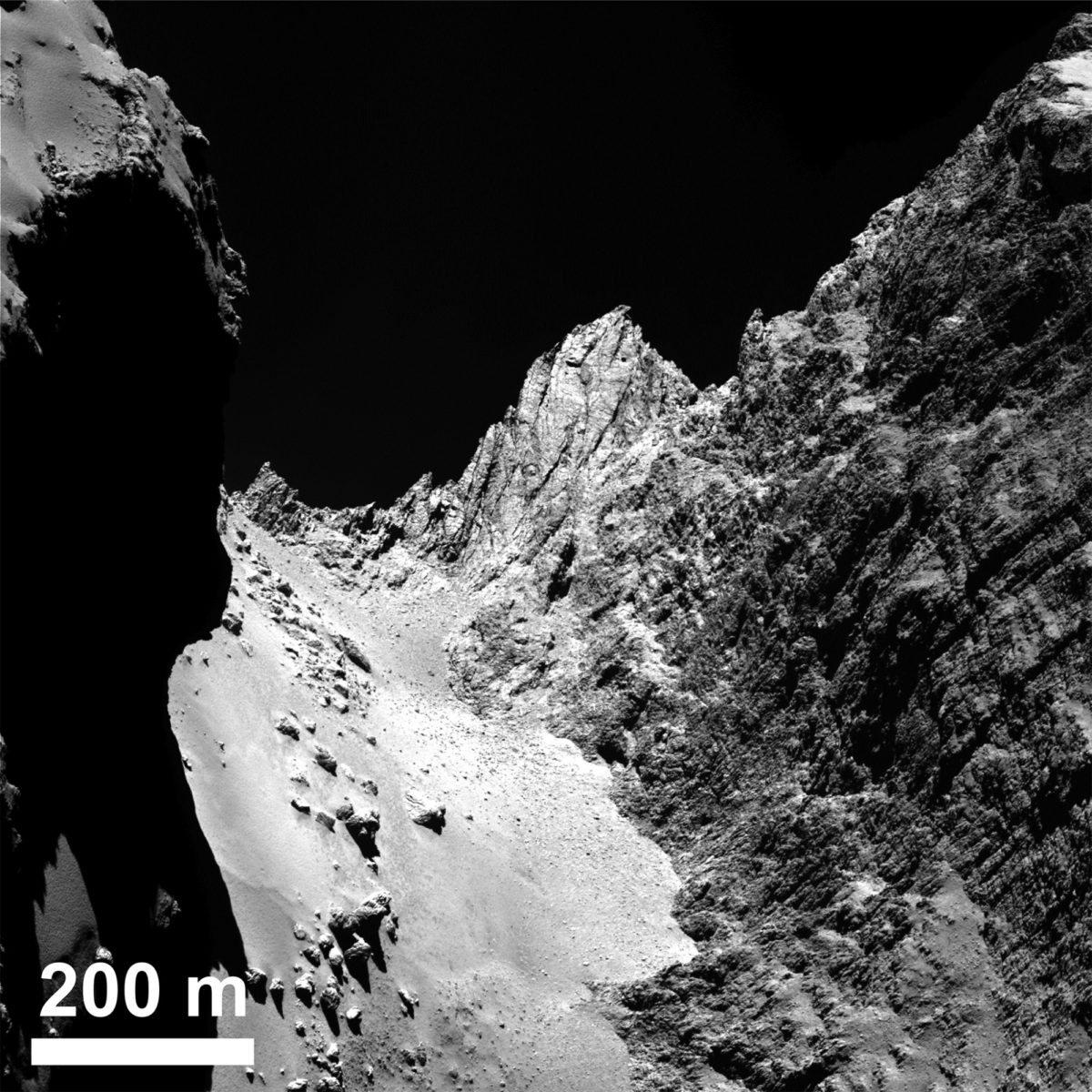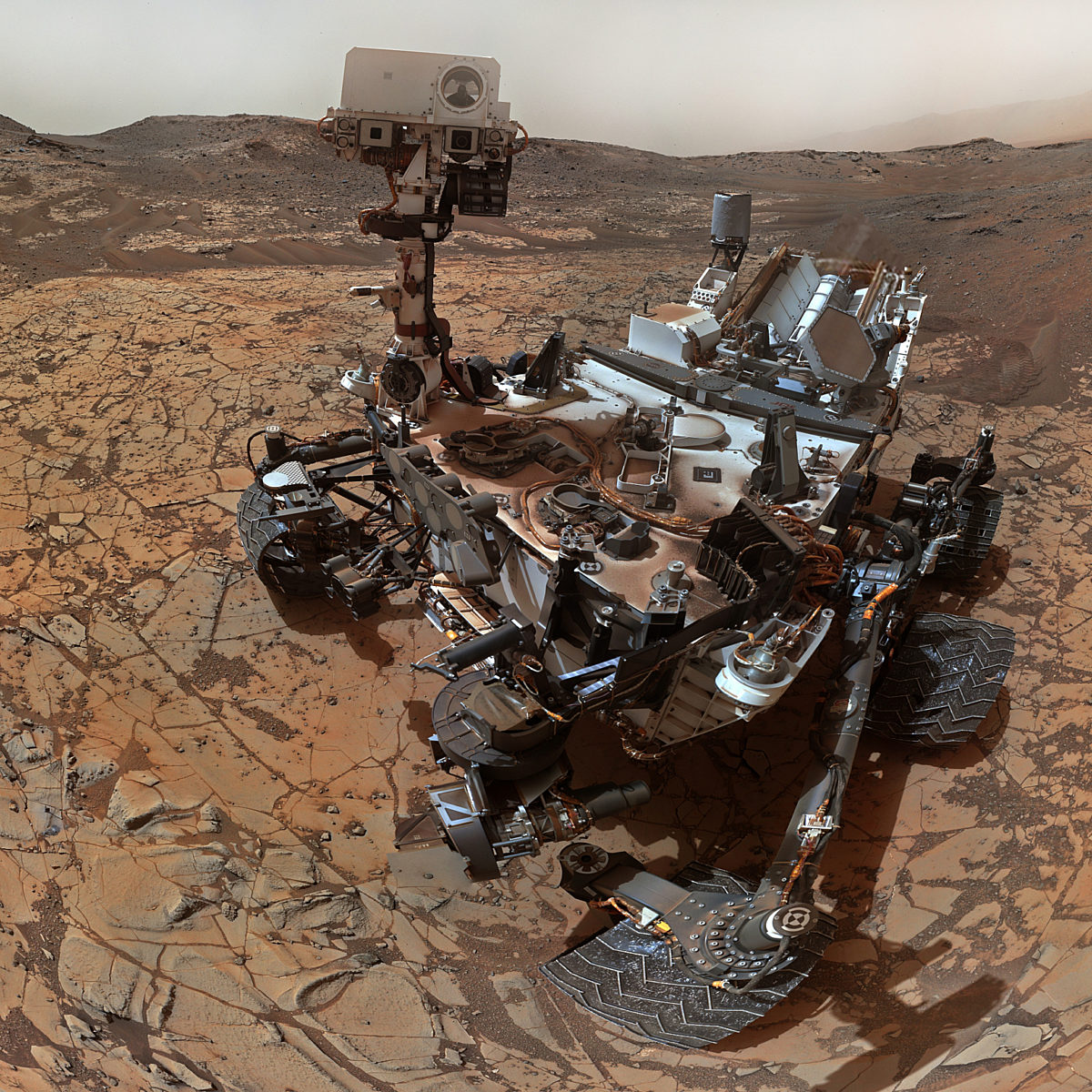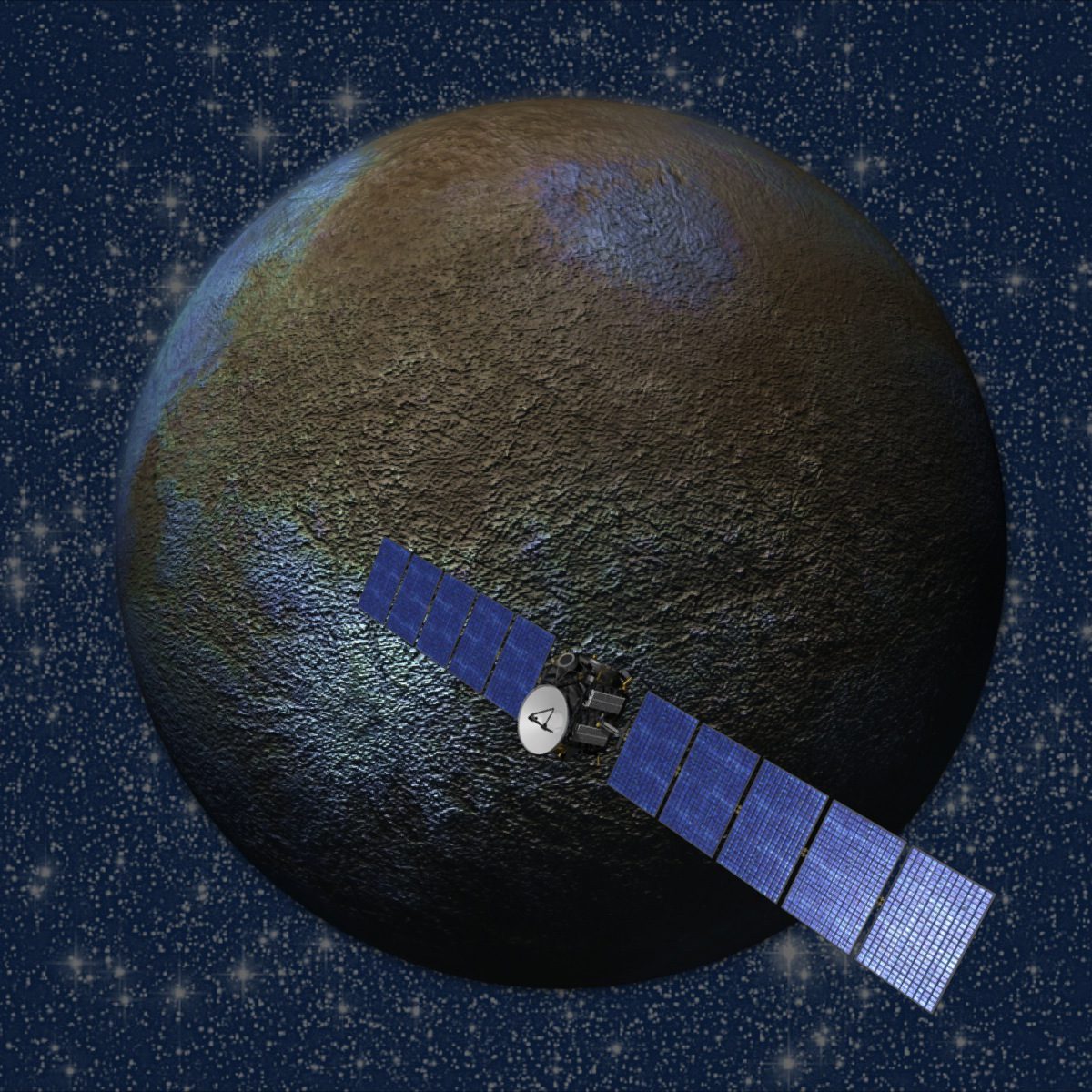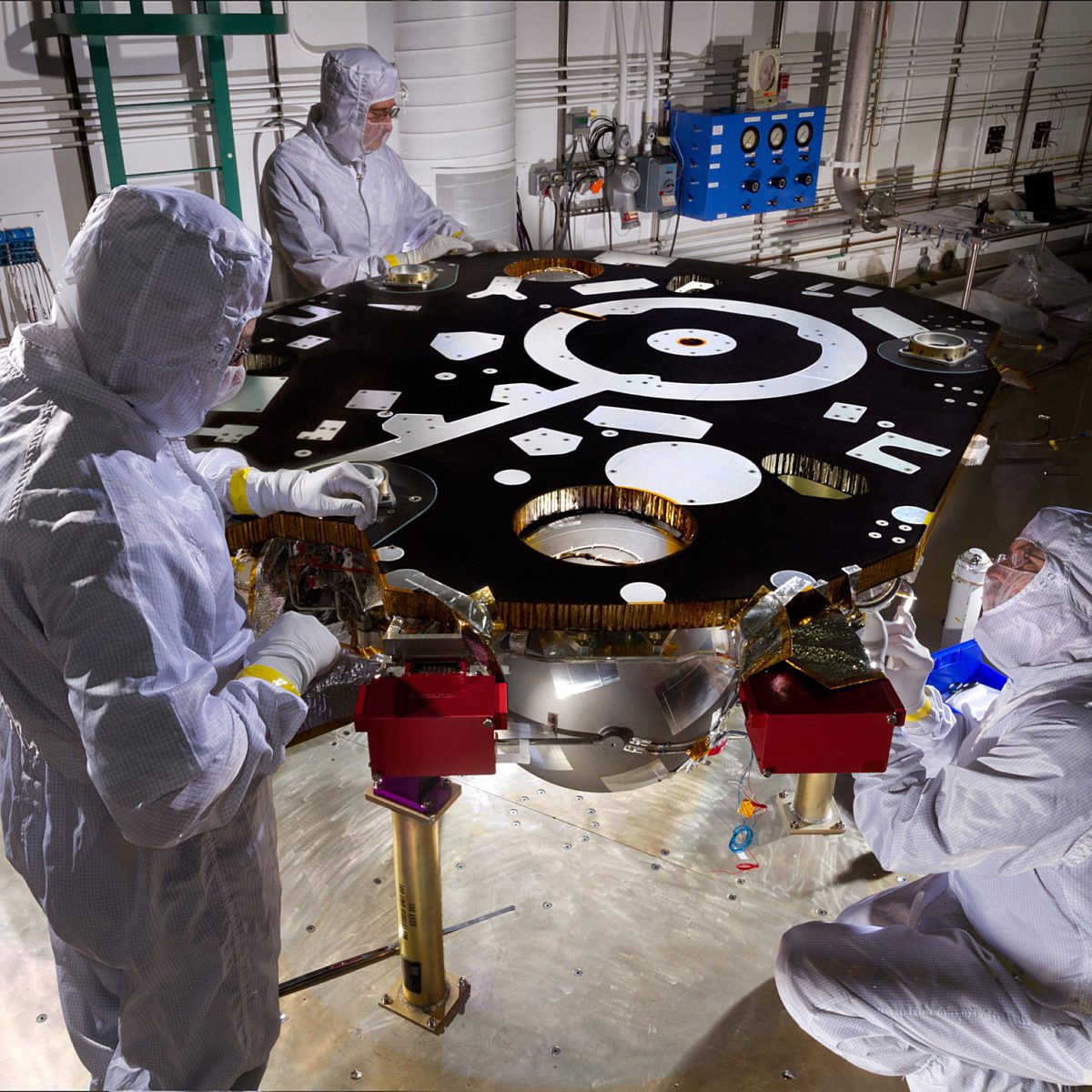All
All
Stories, updates, insights, and original analysis from The Planetary Society.
A new mission for Akatsuki, and status updates for Hayabusa2 and Chang'e
Brief updates on four ongoing missions: JAXA's Akatsuki and Hayabusa2, and China's Chang'e 3 and Chang'e 5 test vehicle. JAXA has articulated the new science plan for Akatsuki. Hayabusa2's ion engines have checked out successfully. The Yutu rover is still alive on the Moon, and Chang'e 5 test vehicle has successfully tested crucial rendezvous operations in lunar orbit.
Ceres coming into focus
The Dawn mission released new images of Ceres yesterday, taken on February 4, when Dawn had approached to within 145,000 kilometers. More details are coming into view, and they're fascinating. For one thing, there's not just one white spot any more: there are several.
New Horizons returns first images from mission's Pluto approach phase
Here they are, the first images of Pluto from the approach phase of the New Horizons mission. Science has begun; we're on the home stretch!
Mars Orbiter Mission images Mars' moons, including the far side of Deimos
Today I'm excited to show you some previously unreleased images from Mars Orbiter Mission, containing Mars' moons Phobos and Deimos.
Talking to Pluto is hard! Why it takes so long to get data back from New Horizons
As I write this post, New Horizons is nearing the end of a weeklong optical navigation campaign. The last optical navigation images in the weeklong series will be taken tomorrow, but it will likely take two weeks or more for all the data to get to Earth. Two weeks! Why does it take so long?
Ceres: Just a little bit closer (and officially better than Hubble)
Last week's Dawn images of Ceres were just slightly less detailed than Hubble's best. This week's are just slightly better.
A second ringed centaur? Centaurs with rings could be common
Chiron, which is both a centaur and a comet, may also have rings.
At last! A slew of OSIRIS images shows fascinating landscapes on Rosetta's comet
The first results of the Rosetta mission are out in Science magazine. The publication of these papers means that the OSIRIS camera team has finally released a large quantity of closeup images of comet Churyumov-Gerasimenko, taken in August and September of last year. I explain most of them, with help from my notes from December's American Geophysical Union meeting.
Curiosity update, sols 814-863: Pahrump Hills Walkabout, part 2
Curiosity has spent the last two months completing a second circuit of the Pahrump Hills field site, gathering APXS and MAHLI data. The work has been hampered by the loss of the ChemCam focusing laser, but the team is developing a workaround. Over the holidays, the rover downlinked many Gigabits of image data. The rover is now preparing for a drilling campaign.
New Dawn images of Ceres: comparable to Hubble
Dawn has captured a series of photos of a rotating Ceres whose resolution is very close to Hubble's, and they show tantalizing surface details.
Beagle 2 found?
What happened to Beagle 2? It's been a mystery for 11 years. That mystery appears to have been solved.
Ten years after the Huygens landing: The story of its images
The landing of Huygens on Titan was a significant moment for planetary science and a great accomplishment for Europe. But the Huygens landing also stimulated the development of the international community of amateur image processors that does such great work with space images today. I was in the midst of it all at the European Space Operations Centre in Darmstadt.
Short updates on Akatsuki and Chang'e missions
A few recent newspaper articles provide some updates on the status of Japan's Venus mission, Akatsuki, and the service module of China's Chang'e 5 test vehicle, Xiaofei. In brief: Akatsuki still plans to attempt to enter orbit in December of this year, while Chang'e 5 T1 is headed to lunar orbit. Meanwhile, the Chang'e 3 mission has released an interesting image of M101, the Pinwheel Galaxy.
Planetary exploration in 2015: The Year of the Dwarf Planet
Looking ahead to what we can expect from Earth's exploration of the rest of the solar system in 2015, there's an obvious theme: Dwarf planets.
Curiosity results from AGU: Methane is there, and it's variable
At the American Geophysical Union meeting, the Curiosity mission announced that an instrument had finally definitively detected methane in Mars' atmosphere. It exists at a low background level, but there was a spike to about ten times that, which lasted for a couple of months before disappearing. What that means is unclear.
HiRISE image coverage of the Curiosity field site on Mars, Version 2.0
There have been tons and tons of HiRISE images of the Curiosity landing region, and it has taken quite a lot of work for me to find, locate, and catalogue them. This post is a summary of what I've found; after four revisions and updates, it's now version 2.0 of the list.
A new Chang'e 3 and Yutu image archive
A treasure trove of newly released images from the Chang'e 3 program includes a photo sequence of a waxing Earth and lots of high-resolution views of rover and lander on the Moon.
Reporting from the 2014 Fall Meeting of the American Geophysical Union
In San Francisco, in an annual tradition, more than 20,000 geologists are descending on the Moscone Center. I'll be attending #AGU14 this week, but you can also watch press briefings and many of the sessions online.
Brief Venus Express update: Not quite dead yet
Venus Express is still alive and talking to Earth, but may fall into Venus' atmosphere in January.
InSight assembly begins
NASA's next Mars lander is becoming real, now under construction at Lockheed Martin.


 Explore Worlds
Explore Worlds Find Life
Find Life Defend Earth
Defend Earth


 Sun
Sun Mercury
Mercury Venus
Venus Earth
Earth Mars
Mars Jupiter
Jupiter Saturn
Saturn Uranus
Uranus Neptune
Neptune Small Bodies
Small Bodies